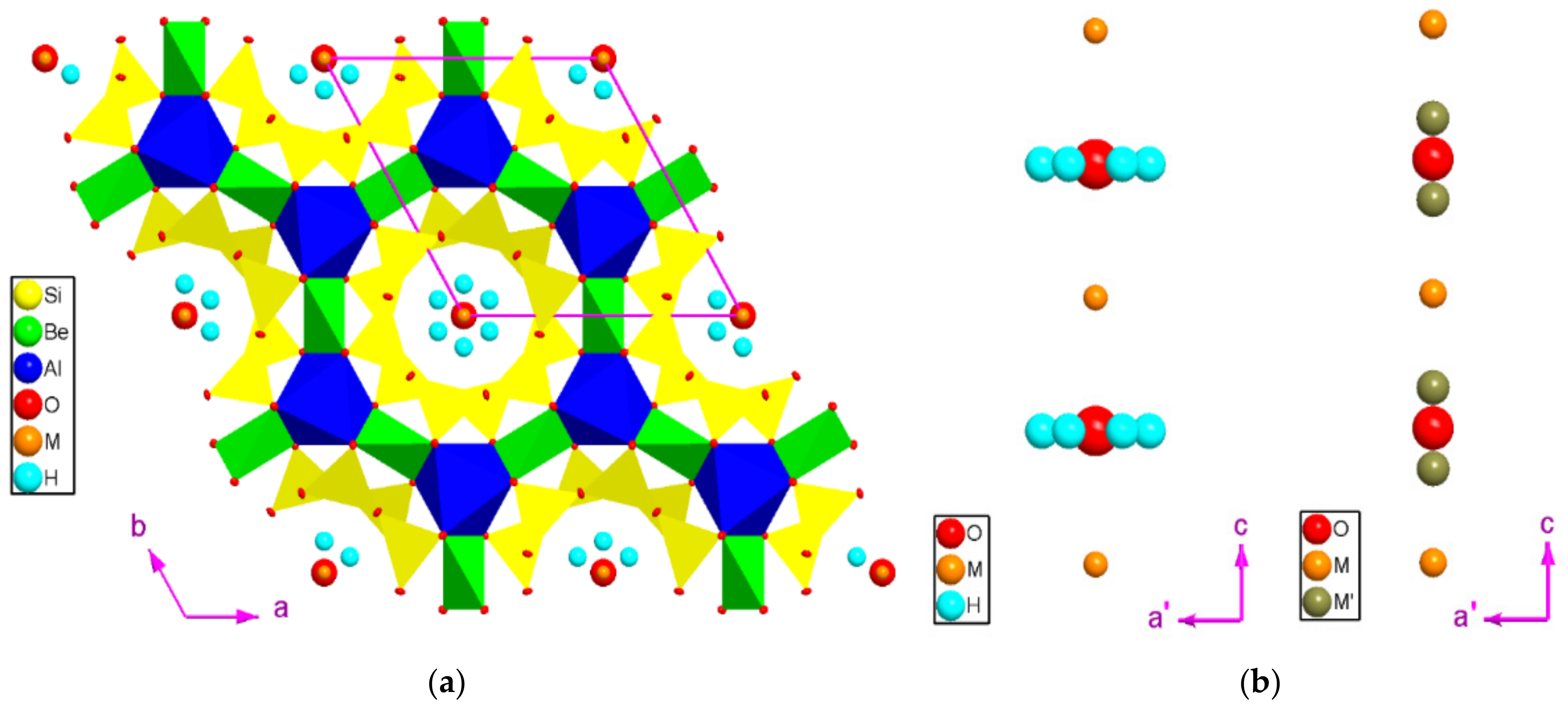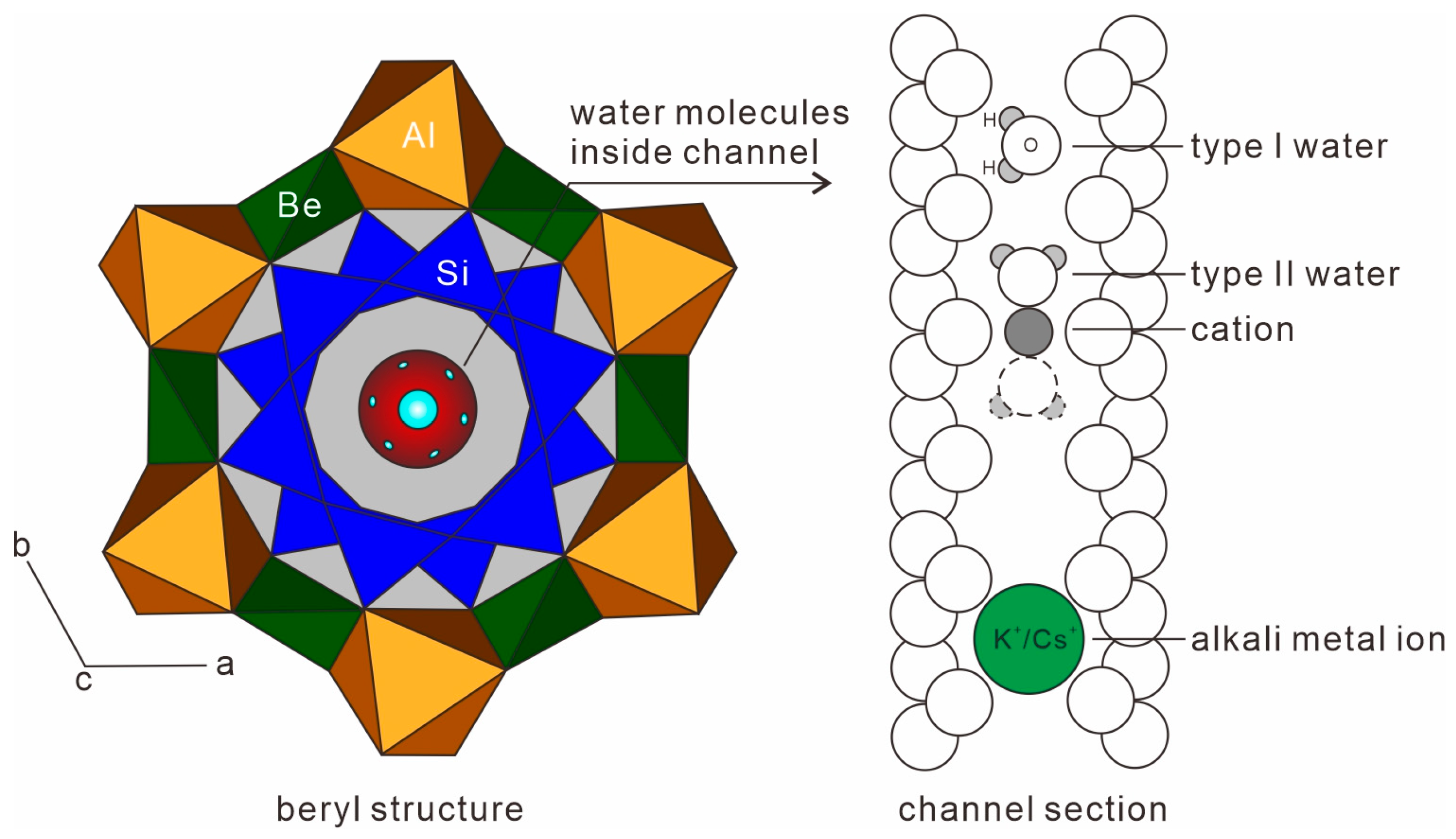NHC Beryl’s Path and Impact

NHC Beryl, a powerful tropical cyclone, left a trail of destruction as it traversed the Caribbean and southeastern United States. Its path can be traced through a series of key locations and dates, with each stop marking a significant impact on the affected areas.
Ah, beryl, the tempestuous storm, has left its mark upon the land. Its path, ever-changing, can be glimpsed through the lens of beryl projected path. Even as its fury subsides, beryl’s legacy remains, a testament to nature’s indomitable force.
Path and Timeline, Nhc beryl
- July 5-6: Beryl emerged as a tropical depression near the Lesser Antilles, bringing heavy rainfall and gusty winds to the islands.
- July 7: Intensifying into a tropical storm, Beryl passed over Puerto Rico, causing widespread power outages and flooding.
- July 8-9: As a Category 1 hurricane, Beryl made landfall on the Dominican Republic, causing significant damage to infrastructure and agriculture.
- July 10: Continuing its northward trajectory, Beryl weakened to a tropical storm as it approached the Bahamas.
- July 11: Beryl made landfall in Florida as a tropical storm, bringing heavy rainfall and flooding to coastal areas.
- July 12: Beryl dissipated over Georgia, leaving behind a path of destruction and flooding.
Impact
NHC Beryl’s impact was felt across multiple regions, resulting in varying degrees of damage and casualties:
| Date | Location | Wind Speed | Damage Level |
|---|---|---|---|
| July 7 | Puerto Rico | 60 mph | Widespread power outages, flooding, and infrastructure damage |
| July 8-9 | Dominican Republic | 90 mph | Severe damage to infrastructure, agriculture, and homes |
| July 11 | Florida | 70 mph | Coastal flooding, power outages, and beach erosion |
| July 12 | Georgia | 50 mph | Flooding, downed trees, and minor structural damage |
Overall, NHC Beryl’s passage left a lasting impact on the affected areas, causing significant damage to infrastructure, homes, and businesses. The storm also resulted in several fatalities and widespread power outages, disrupting daily life and economic activities.
NHC Beryl’s Formation and Characteristics

The formation of NHC Beryl was a result of a combination of favorable atmospheric conditions. The presence of warm ocean waters, low wind shear, and ample moisture provided the necessary ingredients for the development of this powerful storm.
NHC Beryl was characterized by its large size, intense winds, and prolonged duration. The storm reached its peak intensity as a Category 4 hurricane, with maximum sustained winds of 130 mph. Its wind field extended over a vast area, with tropical storm-force winds reaching hundreds of miles from the storm’s center.
NHC Beryl’s Structure
The structure of NHC Beryl can be described as a typical hurricane, with a well-defined eye surrounded by concentric bands of thunderstorms. The eye, a region of relatively calm weather, was approximately 20 miles in diameter. The eyewall, the zone of most intense thunderstorms, contained the highest wind speeds and heaviest rainfall.
Outside the eyewall, NHC Beryl’s rainbands extended for hundreds of miles, bringing heavy precipitation to a wide area. These rainbands were organized in a spiral pattern, rotating around the storm’s center.
NHC Beryl’s Aftermath and Recovery Efforts

In the wake of NHC Beryl, extensive recovery efforts were initiated to address the widespread damage and disruption caused by the storm. These efforts involved a coordinated response from various agencies and organizations, including local, state, and federal government entities, as well as non-profit organizations and volunteers.
One of the primary challenges faced during the recovery process was the restoration of essential services, such as electricity, water, and transportation. Many areas affected by Beryl experienced power outages and water shortages, which hindered daily life and hampered recovery efforts. Infrastructure damage, including downed power lines and damaged roads, further complicated the restoration process.
Lessons Learned from NHC Beryl
The experience of NHC Beryl provided valuable lessons that can be applied to future storm preparation and response:
- Early preparation is crucial: Timely evacuation orders, storm preparedness measures, and the establishment of emergency response plans can significantly reduce the impact of a storm.
- Coordination and communication are essential: Effective coordination between government agencies, emergency responders, and community organizations ensures a swift and efficient response to a disaster.
- Infrastructure resilience is paramount: Investing in storm-resistant infrastructure, such as reinforced power lines and flood-resistant structures, can minimize damage and facilitate a faster recovery.
- Community engagement is vital: Empowering local communities to participate in disaster preparedness and response efforts fosters resilience and strengthens the ability to recover.
As NHC Beryl continues its path, meteorologists rely on spaghetti models to predict its trajectory. These models simulate multiple possible paths, creating a range of potential outcomes. While they can provide valuable insights, it’s important to note that they are not perfect and should be used in conjunction with other forecasting tools.
NHC Beryl’s path remains uncertain, but these models help us better prepare for its potential impact.